The screen is home to many different things. It’s home to news channels that seek to inform about current issues and films and TV shows that explore fantastic realities outside of what the human eye can see. The screen allows different groups to coalesce and bond over shared interests, transcending socioeconomic status, race, gender, and political beliefs. However, the screen isn’t always welcoming. Oftentimes, the screen can reinforce harmful stereotypes and racist tropes that preclude social change and mobility for marginalized groups, even if seemingly harmless. Specifically, Asian American people are often boxed into totalizing tropes and underrepresented.
One of the most prominent examples of this discrimination can be seen in the hit sitcom, The Simpsons, in the local convenience store owner, Apu Nahasapeemapetilon. There is a litany of flaws in Apu’s character. For one, despite being an Indian immigrant, he’s voiced by Hank Azaria, who has no Indian heritage. Azaria’s voice seems to be more of a phoned-in caricature, rather than an honest representation of India’s rich cultural and linguistic complexity. Apu’s thick, and incomprehensible accent is often a subject of ridicule in the show, and it seems as if Apu’s character was crafted so viewers would laugh at what his voice sounds like, not what he’s saying. This theme is common in Hollywood, with major films and series like Ghost in the Shell, Aloha,’ and Breakfast at Tiffany’s all having Asian American characters who are either voiced or played by people with no Asian heritage whatsoever. This process is not only more likely to create culturally insensitive stereotypes, rather than nuanced characters but also actively pushes out talented aspiring Asian American actors, who already seldom see themselves on the screen. Asian American voice actors are the only ones who can speak to the true experience of what it is like to grow up Asian in America, and anything else does a disservice to countless young Asian American children who crave to see themselves in their favorite movies and television shows.
Furthermore, Apu’s background history, and heritage seem to be an amalgamation of various tropes, rather than an actual authentic portrayal of Indian culture. For one, his last name, “Nahasapeemapetilon,” does not seem to mean anything in any Indian language, but rather a random assortment of words and letters. Apu’s last name exists solely because it’s long, and gives viewers another excuse to alienate and exclude him from the show. Furthermore, the sheer absurdity of his name’s length is yet another thing viewers are expected to laugh at.
The common defense of Apu’s character is that characters in The Simpsons are supposed to be caricatures. This is proven by how the main character, Homer, is a caricature of stereotypical middle-aged white men and how Mayor Quinby, the town’s mayor, is a caricature of corruption in the political system. However, the difference between Apu’s character and that of other characters in the show is that Apu exists solely to be laughed at. While characters like Homer experience character development, and have complex storylines and reasons for their personality, Apu solely exists so that characters can make fun of his heritage and ethnicity. When viewers laugh at Homer, they laugh at Homer’s clumsy actions and the foolishness of what he says. When viewers laugh at Apu, they laugh at his culture, heritage, and distinctiveness from other characters on the show.
Another common defense of Apu’s character is that his stereotypes are good traits. He works nonstop in a town where everyone else displays slothlike laziness, has a Ph.D. in Computer Science, is a good father and husband, and is hospitable to all his customers. Yet, this sort of idyllic “model minority” stereotype is also harmful. Asian Americans are constantly stereotyped as intelligent, hardworking, docile, machinelike workers who do what they’re told. Imposing this stereotype on Asian American people pathologizes deviance from the norm, and teaches Asian American youth that they can’t deviate from said norm. This is especially true of Apu, as he was one of the first Indian characters to receive significant attention in American media and set the blueprint for the other Indian American characters that came after him.
However, the model minority trope isn’t something unique to Apu, or The Simpsons either. Asian Americans are constantly portrayed as smart, but not too smart, docile, calm, and quiet characters both on and off the screen. The model minority myth stems from the Immigration and Nationality Act of 1965, which imposed stringent quotas on immigration. As a result, most Asian immigrants who came to the United States were college-educated and worked in fields that were typically seen as more “respectable,” such as medicine and engineering. As a result, media portrayals of Asian Americans typically centered upon their perceived diligence, intelligence, and most importantly, docility.
In addition to being stereotyped as model machines, Asian American women specifically are often hypersexualized, and fetishized for their traits. From the blatant sexualization and misrepresentation of traditional clothing to traits of docility and servitude being accentuated to create ‘submissive,’ characters, Hollywood has a penchant for fetishizing Asian American women in cringeworthy and borderline perverted manners. One of the most prominent examples of this can be seen in the incredibly popular film Austin Powers in Goldmember, where the main character Austin Powers meets two Japanese women named, “Fook Mi,” and “Fook Yu,” who seem to exist to fulfill Powers’ sexual desires solely. The egregiousness of this incident is magnified by the fact that both of the characters’ names don’t truly mean anything in Japanese, and are purposefully written in an insensitive manner for viewers to laugh at the Japanese language. Furthermore, the characters’ names being a thinly veiled innuendo for sexual acts show how both characters exist solely to be objectified and fetishized.
Additionally, anime and manga becoming increasingly popular in the United States, have contributed to an increase in unhealthy fetishization and cultural appropriation of Japanese culture. Though there is nothing intrinsically wrong with viewing anime or reading manga, their increased popularity has caused several issues. For one, women in anime are hypersexualized and infantilized, causing viewers to have a flawed perception of Asian American women. Moreover, it has caused viewers to have a skewed view of Japanese culture, resulting in many fetishizing Japan, without truly understanding Japanese culture. However, in contrast, other Asian cultures do not receive nearly as much attention for their art and are often papered over in discussions of art forms in Asia.
This is not a one-off event. It’s a theme seen across decades of film and television. Directors and producers repeatedly use the so-called “exoticness” of Asian American women to objectify and fetishize them, boxing Asian American characters into harmful stereotypes.
It is important to note that not all Asian American women experience this discrimination and fetishization in the same way. While East Asian women are more likely to be objectified and fetishized by being portrayed as beautiful and seductive, women from nations in South and Southeast Asia are often depicted as unattractive and even evil for their darker skin tones and physical traits that don’t fit into American media’s arbitrary standard for beauty., South and Southeast Asian characters are often invisible and relegated to ‘undesirable’ roles. Though both types of discrimination are incredibly harmful to actors and viewers, it’s crucial to recognize how different groups of people are treated vastly differently.
This theme of double standards is not solely something seen in the fetishization of women. K-pop artists are seen as the pinnacle of beauty, with droves lining up to buy their skincare products or try their diets, while talented musicians from other Asian nations do not receive nearly as much respect. This becomes increasingly problematic when one takes into account the harsh beauty standards the K-pop industry imposes on stars, such as paper-thin bodies, and pale skin. These harsh standards make it impossible for musicians from other Asian nations with naturally different bodies and skin tones to become popular.
However, recent years have shown progress. An increase in network television shows and major feature films with Asian American characters who go beyond the stereotypical docile, calm, model minority shows that media can make progress on equitable representation. ABC’s hit series Fresh Off the Boat, which ran from 2015 to 2020, explores the childhood of famous restaurateur, Eddie Huang. Fresh Off the Boat encapsulates multiple facets of the Asian experience without ever boxing in characters, or relying too much on tropes. For example, the main character, Eddie Huang is a talented student. However, Huang, unlike countless other Asian characters who are stereotyped as quiet, smart bookworms who value academic achievement over everything else, has depth. He’s also a food-lover, with dreams of opening a restaurant like his father. He’s a rap connoisseur, with extensive knowledge of the nooks and crannies of the history of hip-hop. He’s bold, daring, unique, and most importantly, something mainstream media would’ve never even dreamed of writing just 15 years ago. Similarly, in the hit Netflix Special, Never Have I Ever, the main character Devi Vishwakumar seems like the perfect child on the outside. However, a closer look at the show reveals this is anything but true. Though well-intentioned, she’s petty, insecure, and oftentimes downright cruel and mean. Yet, ultimately, she experiences real character growth and change. Though Vishwakumar’s flawed character might be seen as a bad representation, it’s crucial to have Asian characters who are layered, flawed, and not perfect model minorities, to show young Asian Americans watching shows, that they can be flawed too.
Asian American representation in the media is at a crossroads. After years of fetishization, stereotyping, and Hollywood papering over the Asian experience, mainstream media has finally begun to incorporate Asian voices into media. Even if imperfect, they serve as a watershed moment for not just Asian American people, but for the media as a whole.


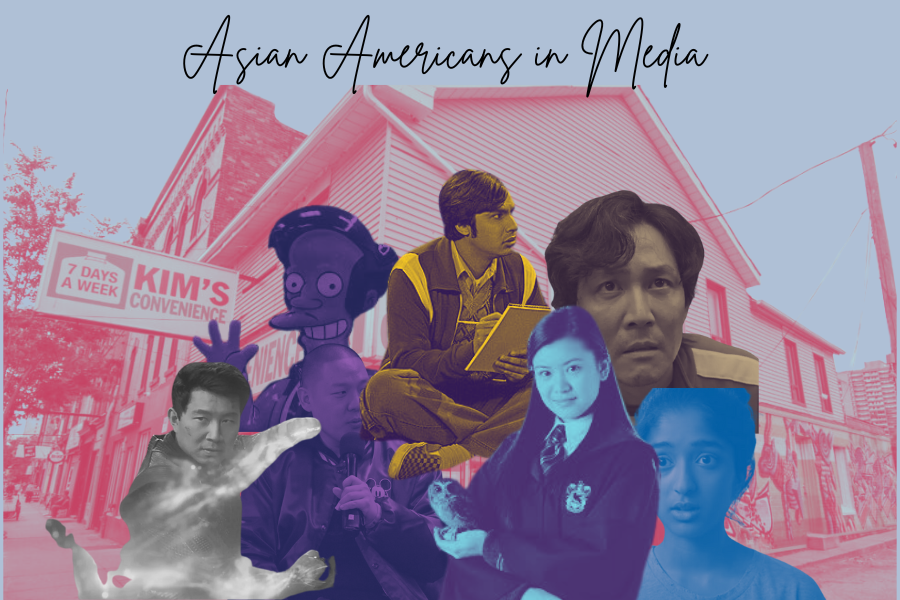
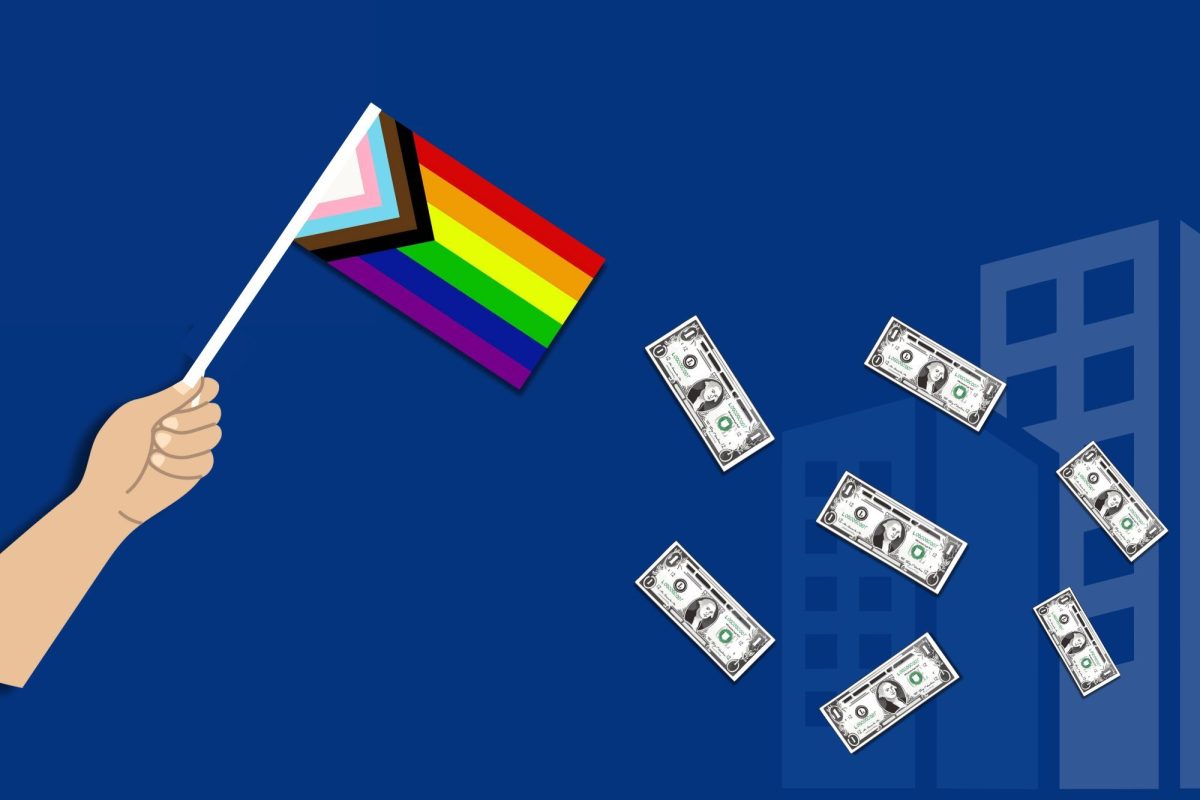


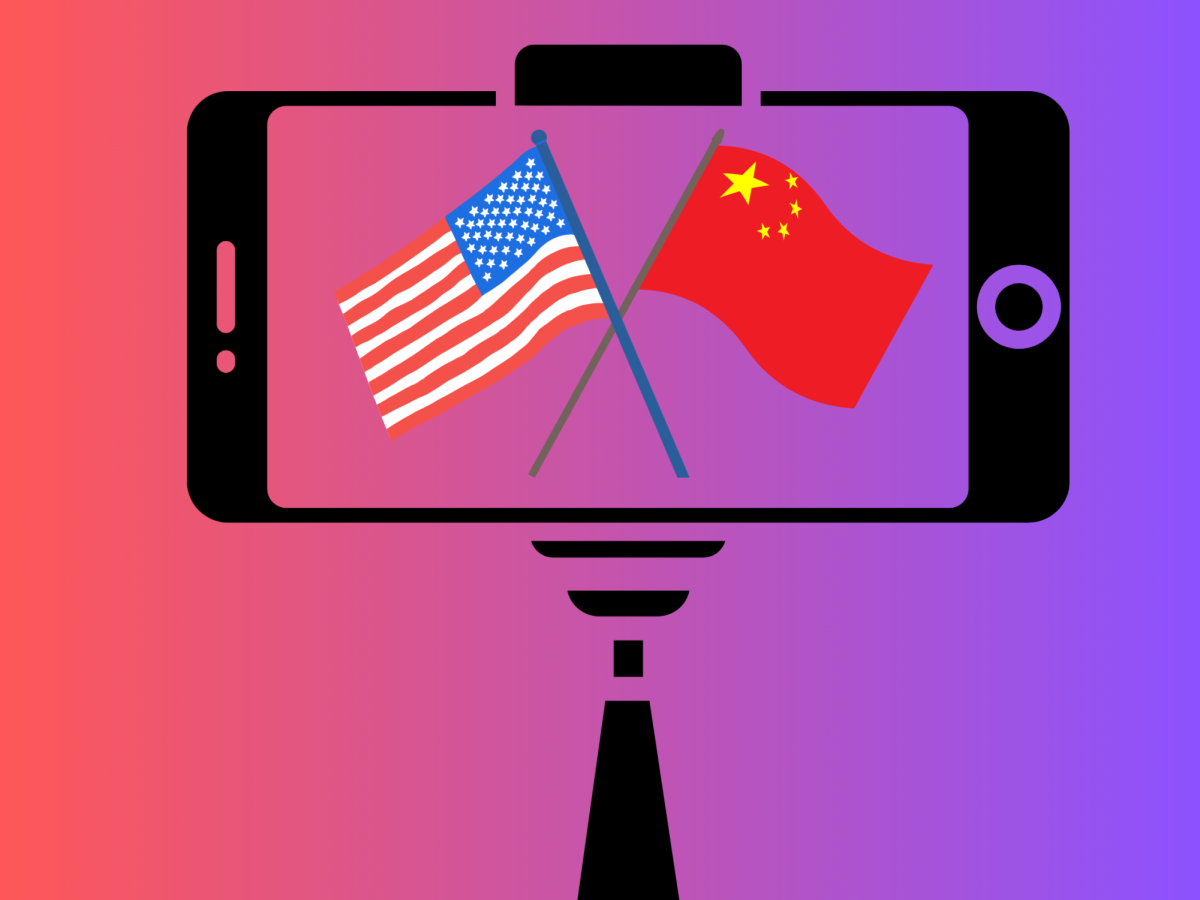
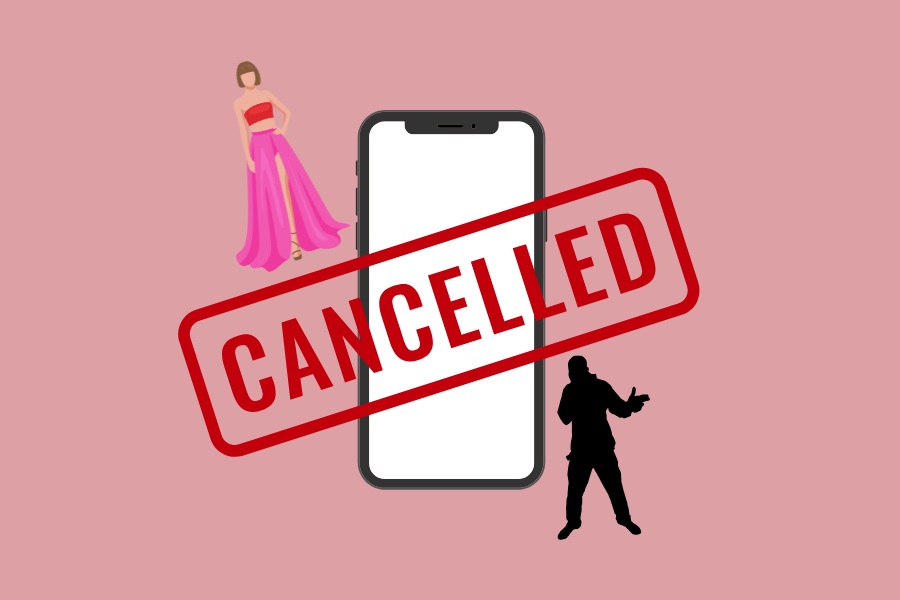





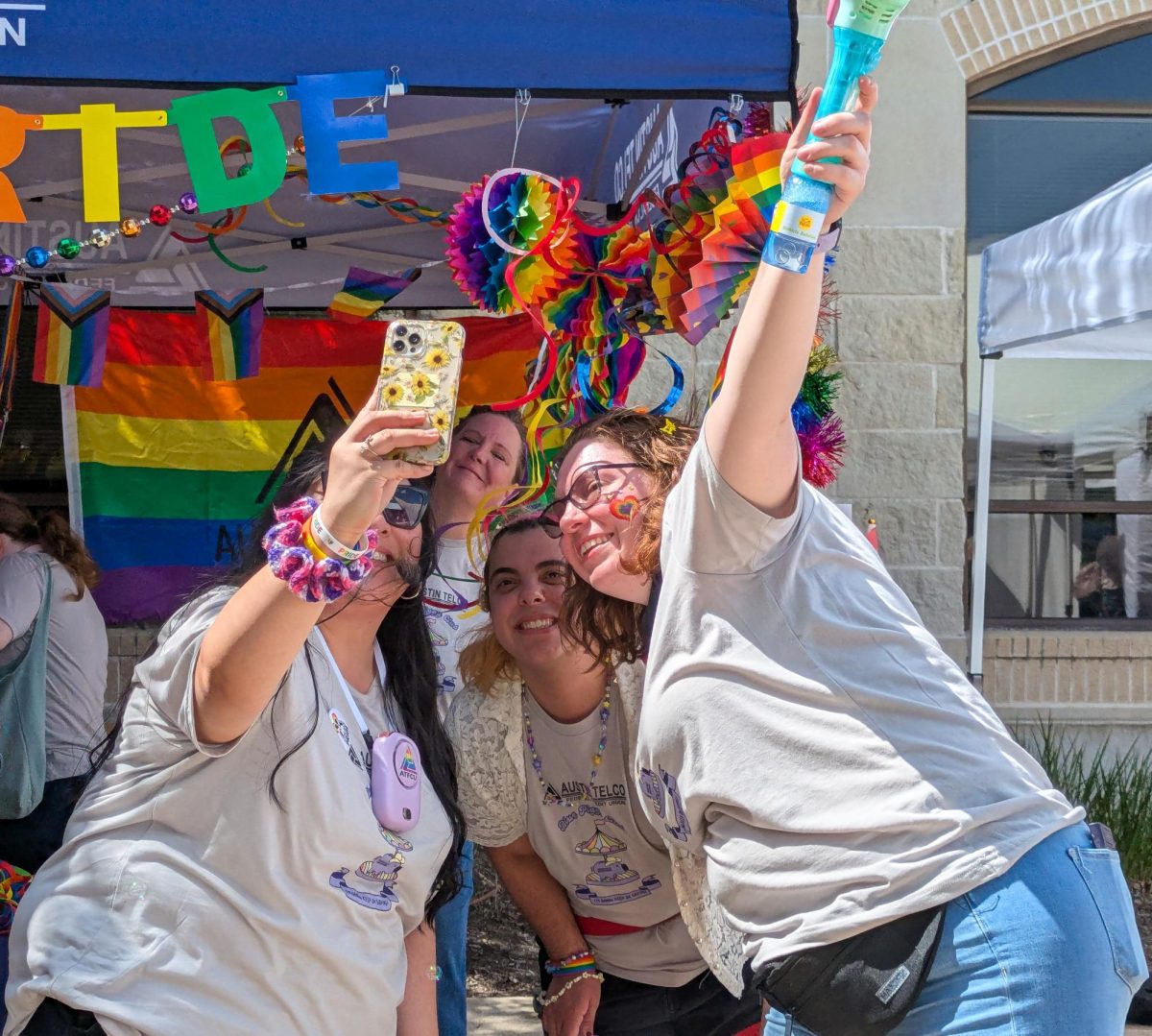
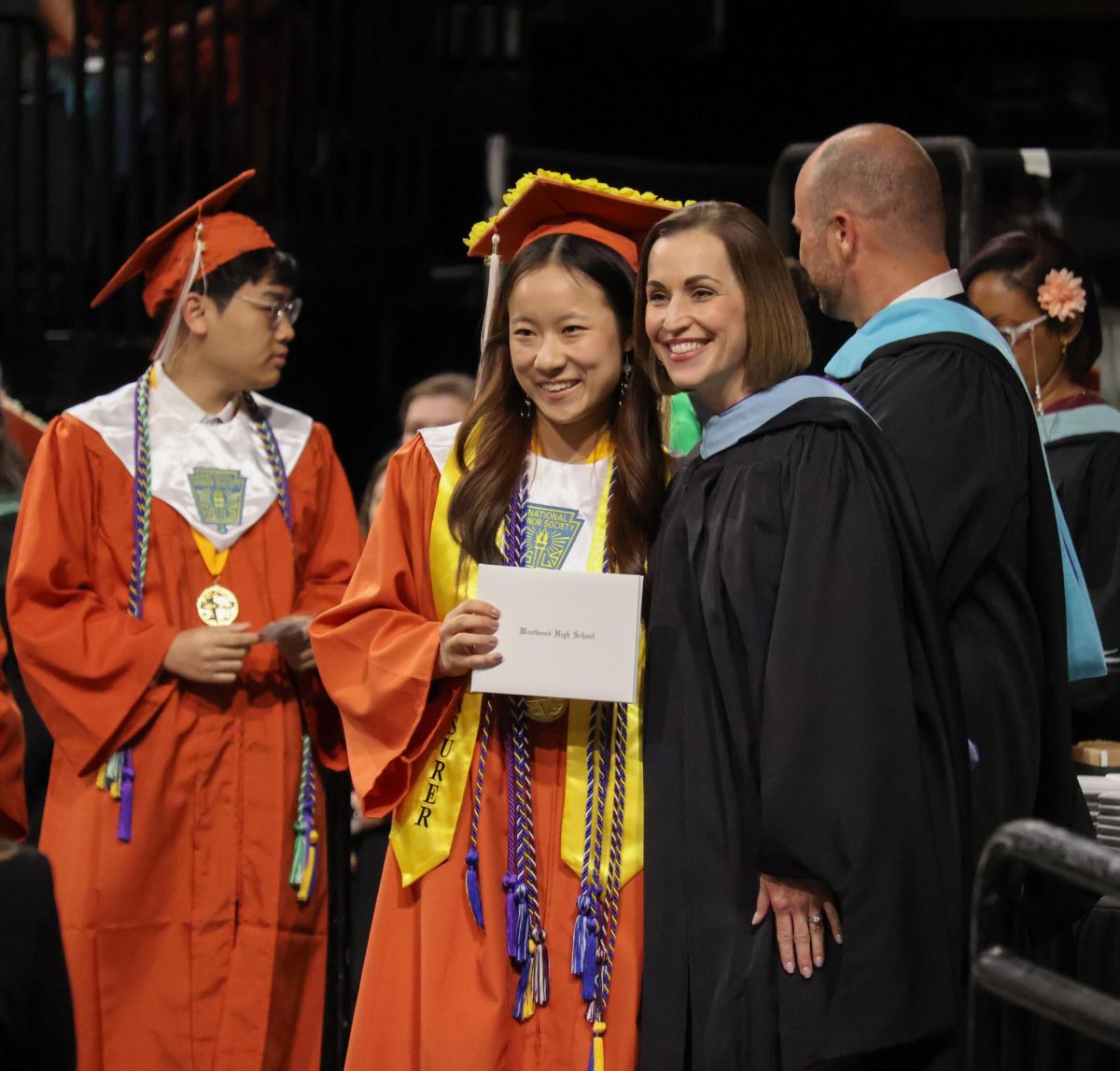

indian legend • Jan 26, 2025 at 8:14 pm
i’m indian and i think apu and raj are hilarious